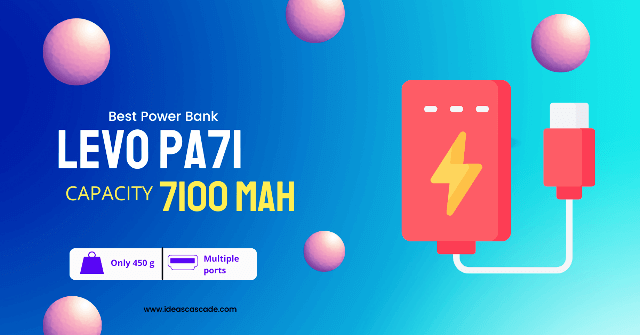Data mining is the process which converts raw dataset into useful information. Statistical and computational techniques are used to get useful insights from a large amount of dataset.
The mining process is a crucial element for data analytics and an essential field in data sciences. As we know, now it’s a digital world, everything runs online, now things are stored in the form of data(s) in computers.
Accurate data is essential for framing business strategies and management. Data specialists use these datasets to improve their future processes like advertisements, marketing, sales, human resources etc.
Data Mining Techniques
Data Mining includes many different techniques that data scientists use to find the target answers.
| Association | Classification | Clustering |
| It’s a support and confident relation also known as if-then relation. It discovers the relationship between two or more products. For example: A cafe manager notices that a group of customers is likely to buy cookies along with coffee. It also helps to understand the relationship between different products, those that are often purchased together. | Whole Data is categorised into different groups according to its characteristics, attributes, patterns and structures. For example: A business can categorise its customers according to their age, gender, purchase processes etc. Hence, data can be arranged into clean, neat groups summarising similar points. | It’s related to the classification but in more depth. For clustering, different methods are used like K-means, hierarchical and Gaussian clustering. |
How does data mining work?
Data Mining involves different steps to generate insights and predictions of objective dataset.
The whole process of data mining is controlled by experienced business intelligence (BI) experts, data scientists & analysts. Artificial Intelligence, modelling and machine learning are crucial steps of the process.
Number of steps can vary for different scenarios depending upon the detail of the target dataset.
Let’s dive into some important steps;
Identify Problem:
The first and main part of data Mining is to know why we are doing all of these steps. For example if the owner of a boutique shop wants to know which type of design or stuff has more demand and sales. Business analysts need to sort out the problem of design selection.
Data Selection:
Once the problem is identified, and the goal is set; then data collection starts. It can be collected from different sources, data lakes, data warehouses, APIs, files or online platforms. It might contain structured and unstructured datasets.
Data Preparation
As in this process all the collected data is merged together and then cleaned properly. The process involves its cleansing, applying different filters, data exploration and data profiling. It fixes errors, removes duplicates, eliminates irrelevant records, removes noises or outliers. At the end only suitable and useful data is saved as required.
Data Analysis
Once the useful data is prepared, data scientists select suitable data mining tools. Then an implementation of algorithms is started. Different techniques like clustering, classification, and predictions are used. As a result, a deep understanding of data is completed. Processing algorithms are firstly used on a sample dataset.
Evaluation of Result
After completing all above steps, future business decisions are made. Analysts present their results using graphs, trends, anomalies, charts and statistical analysis etc. Hence, it becomes understandable for decision makers. So, they finalize their strategies to achieve their goals.
Data Mining vs Text Mining vs Process Mining
| Data Mining | It automatically processes datasets and discovers patterns, insights, structures using different statistical and computational techniques. It processes both structured and unstructured data to observe behaviour like customer services, market value etc. Benefits: Improved decision making Increased efficiency Competitive advantages Innovation Risk detection |
| Text Mining | It generates meaningful patterns by converting unstructured data sets into structured data. Benefits: Enhanced customer understanding Improved Comprehensive Cost savings Strategic planning |
| Process Mining | It combines business process modeling and data mining to analyze and discover business patterns. Benefits: Enhanced process transparency Improved customer experiences Reduced costs Improve collaboration Increased agility Enhanced supply chain efficiency |
Applications of data Mining
It provides solutions to the problems of a business. It is the backbone of every existing business, industry and sector round the globe. Mining provides values, predict future decisions to improve business growth. Here are some of the benefits of it;
Sales and Marketing:
Data mining helps the business to advertise their business based on the need, demand, and behaviour of customers. So, the business owners can understand the need of marketing, buying patterns of customers, results of social media ads and demographics for target dataset etc. Hence, it allows them to deliver personalised services for customers and meet their satisfaction.
Risk Management:
Data mining techniques detect frauds, error, identify outliers and noises. For example a banker observes a cash flow and then after following the money trail, finds the suspicion of money laundering. Then the bank will strengthen its internal controls.
Supply chain optimization:
Data mining identifies insufficient areas, market trends and reduces costs that have an effect on the products of industry. Keeping in mind the market demands, data scientists make future plans and supply of services.
Conclusion
As the name indicates, data mining is to get the best out of digging information whether structured or unstructured or raw form or refined one etc. The more diligently it is performed; more accurate results you get.
Ideas Cascade is here to provide basic understanding, knowledge and insights on the topic of AI. So stay connected with us. We are here to make AI your friend.



